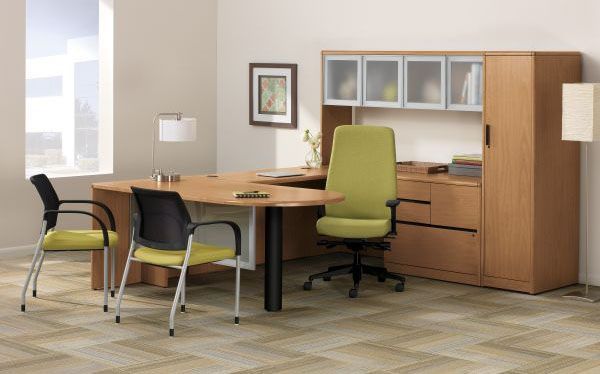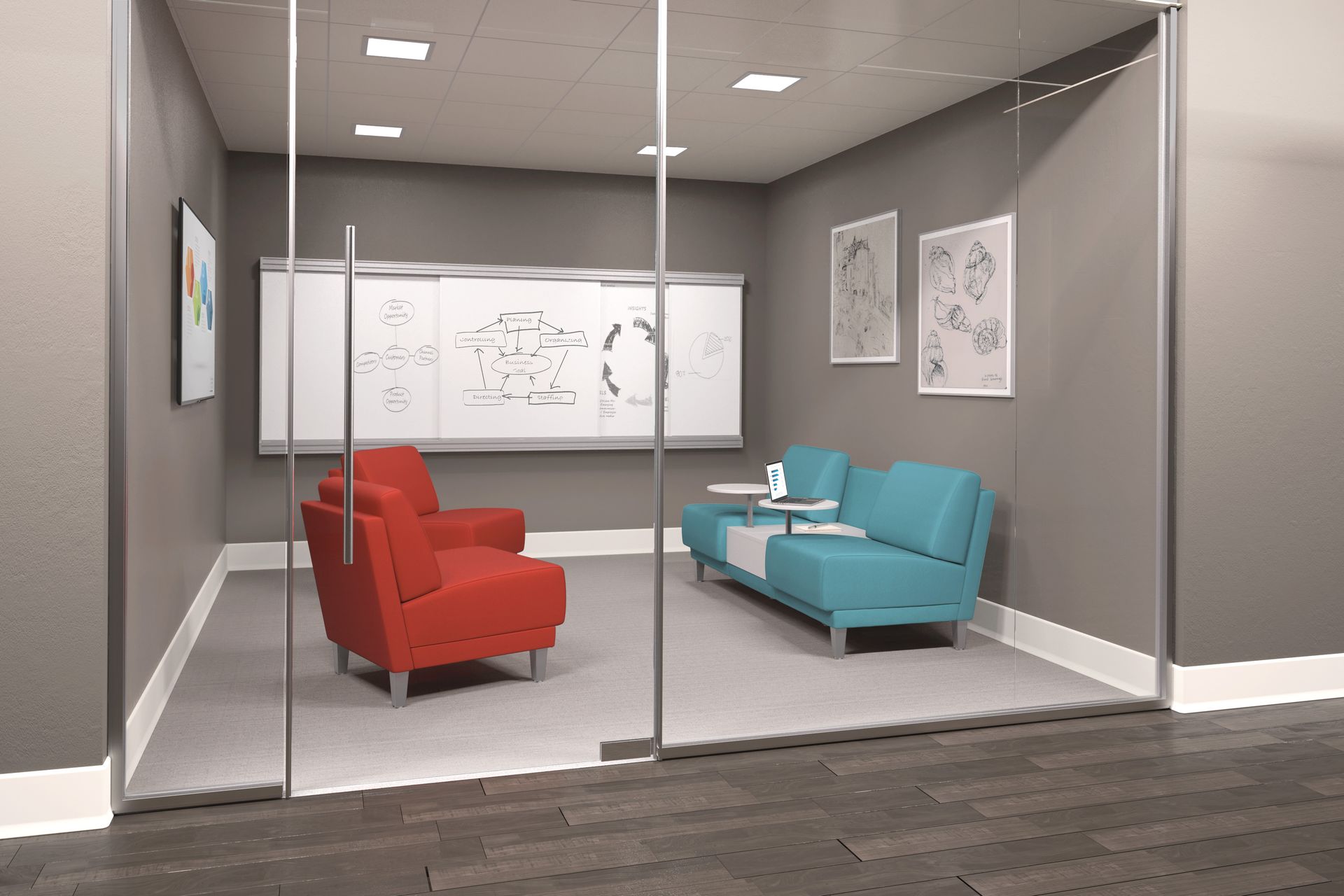Top Five Strategies for Making the Most of a Multi-Purpose Space – The Cafetorium
As schools and community centers look to get the most out of every square foot, the cafetorium—a cafeteria-auditorium hybrid—has emerged as a highly functional solution.

Designing a space that can serve lunch at noon, host a performance at 6 PM, and transform into a community forum by 8 takes more than imagination. It takes smart furniture, technology integration, and space planning. Here are five essential strategies to make your cafetorium efficient, flexible, and future-ready.
1. Versatile Furniture: Stackable and Foldable for Easy Transitions
The first rule of a successful multipurpose space? Mobility. Lightweight, stackable chairs and foldable tables make it possible to transition quickly from one use to another. Prioritize furniture that is easy to move, nests or stacks compactly, and is durable enough to handle daily wear and tear.
- Look for
chairs that stack 10–12 high and include integrated handholds or transport carts for quick movement.
- Choose
folding tables on locking casters to simplify storage and reduce the time needed for setup and breakdown.
- Consider
multi-use bench seating or
café-height tables that can accommodate both dining and informal gathering needs.
According to a 2023 study by the National Clearinghouse for Educational Facilities, schools with mobile furniture systems were able to reconfigure spaces 50% faster, resulting in increased room usage and reduced labor costs.
2. Acoustic Solutions: Sound Management for Multi-Use Success
Cafetoriums are often large, open spaces with hard surfaces—perfect for echoes, but not for speeches or performances. Sound absorption and control are essential to make these spaces functional.
- Incorporate
acoustic wall panels to reduce reverberation and improve clarity during events and assemblies.
- Use
fabric-wrapped ceiling baffles or acoustic tiles to enhance sound performance without compromising aesthetics.
- Add
heavy, retractable curtains to define the stage area and provide a second layer of sound control when closed.
Proper acoustics can improve speech intelligibility by up to 80%, according to the Acoustical Society of America—critical when you're using the same space for both lunchtime chatter and school performances.
3. Lighting Flexibility: Adjustable Systems for Every Occasion
The right lighting can completely transform the look and feel of a room. A flexible lighting system helps create the ideal atmosphere for a wide range of activities—from bright lighting for dining to spotlighting for performances.
- Use
dimmable overhead LED lighting with adjustable color temperature for general use and ambiance control.
- Include
track or theatrical lighting above the stage area to highlight speakers or performers.
- Incorporate
zoned lighting controls so staff can easily set scenes based on activity—whether it’s a lunch rush, a PTA meeting, or a school play.
Energy-efficient lighting not only lowers operating costs but supports wellness and visibility across all functions of the space.
4. Storage for Multi-Use Items: Keep It Hidden and Handy
A clutter-free cafetorium requires smart storage. Because the space serves many purposes, it must house a variety of items—from AV equipment and extra chairs to stage props and cleaning supplies—without feeling overcrowded.
- Plan for
built-in cabinetry along walls or behind stage areas to conceal equipment and supplies.
- Use
mobile, lockable storage carts to move AV gear or props in and out as needed.
- Include
storage closets or alcoves designed specifically to accommodate stacked chairs, folded tables, or risers.
Efficient storage doesn’t just improve the appearance of your space—it protects equipment and makes daily operations smoother for your staff.
5. Stage Design and AV Integration: Built to Perform
Whether it’s a holiday program, a guest speaker, or a community talent show, your cafetorium should be equipped to handle a range of performances and presentations. A flexible, integrated stage and AV setup is key.
- Consider a
retractable or modular stage platform that can be deployed or stowed based on the event.
- Integrate
a sound system, microphones, and ceiling-mounted projectors that are easy for staff to use.
- Use
wall-mounted control panels or wireless remotes to simplify operation and minimize setup time.
A 2022 report from Education Design International notes that schools with built-in AV infrastructure saw a 60% increase in community use of their spaces—a testament to how critical usability and integration are.
A well-designed cafetorium isn’t just efficient—it’s transformative. By focusing on adaptable furniture, smart acoustic and lighting solutions, and technology-ready infrastructure, you can turn a single room into a hub of student life, school pride, and community engagement.
Smart planning today ensures flexibility, function, and value for years to come.



